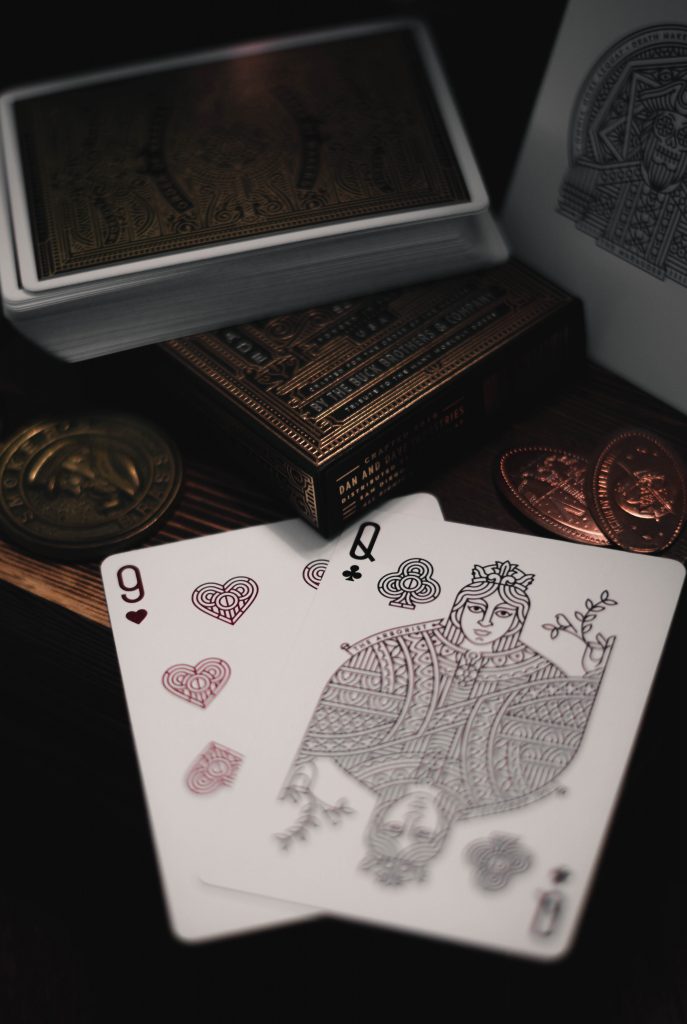5 interesting playing card facts you want to know
We’ve all picked up a deck of playing cards in our lifetime, most likely playing leisure or casino games such as Rummy, Bridge, Blackjack and Poker. But how many of us know the history of the humble deck, or the myths and superstitions that surround those small coated sheets of paper? Here are some of the most interesting facts we can find – how many have you heard of before?
-
It’s a numbers game
If you love numbers and facts, you’ll be in your element with a deck of cards. Let’s start at the top – there are 52 playing cards in a deck, just like there are 52 weeks in a calendar year. Breaking it down further, there are 12 court/face cards (Jack, Queen and King in four suits), the same way there are 12 months in a calendar year. As we’ve mentioned, there are four suits – and there are also four seasons (or natural elements, and some myths even denote which suit represents which season/element). Finally, we have two colours (red and black), which supposedly represent the two times of day and night.
-
Ever-changing court/face cards
Playing cards as we know them consist of the ranking Jack, Queen, King, but this wasn’t always the case. History shows that early decks didn’t have Queens or any female characters depicted and it wasn’t until around the 15th century that they became a staple on French cards. More specifically, the Paris pattern associated their court/face cards with famous Queens from history and mythology.
Early decks consisted of a Knave, Knight and King – which obviously made it really difficult to abbreviate. Knave was originally abbreviated to Kn. with King the standard K. Changing the Knave to a Jack was the easiest way to proceed and so from the 19th century, Jack became the standard.
-
Not just the faces…
Have you ever studied the back of a playing card? Although there are hundreds, if not thousands of designs these days, which have developed from all number of themes (TV shows, Disney, comic book superheroes and more), traditional decks of cards have distinct red or blue patterns on their backs. But did you know that each manufacturer has their own pattern? Get a couple of different sets together and check them out – you’ll find them as distinctive as the different tartans from Scottish clans.
-
…And what about the suits?
The suit symbols we are most familiar with (Clubs, Diamonds, Hearts and Spades) derive from the ones the French used. But over time, the symbols have changed dramatically. The French symbols were a variation on the German ones (Acorns, Leaves, Hearts and Bells). But the earliest cards from Persia and Arabia consisted of Coins, Clubs, Jugs and Swords. In the 11th century, Egypt adopted these in their Mamluk period and opted for the suits of Polo-sticks, Coins, Swords and Cups – which have been prevalent in Latin decks to this day (with the Polo-stick replaced by a Baton or Club).
-
From Imperial China to Las Vegas casino and beyond
It’s believed that we have the Chinese to thank for introducing playing cards as early as the 9th century. The decks were originally printed on wood, ivory or bone in addition to paper, before paper became the norm. When cards made their way to Europe, namely France, they were associated with the elite and so were hand-made and hand-painted. To make the cards more durable, they were often made using layers of paper to ensure they cannot be see-through, before being coated in a varnish or print coating. In most brick-and-mortar casinos, plastic cards are used and these last much longer. Frequent handling deteriorates the condition of the card and the use of plastic means the players can’t cheat by defacing the cards with ink. Of course, online gaming makes things easier still.






One thought on “5 interesting playing card facts you want to know”
Comments are closed.